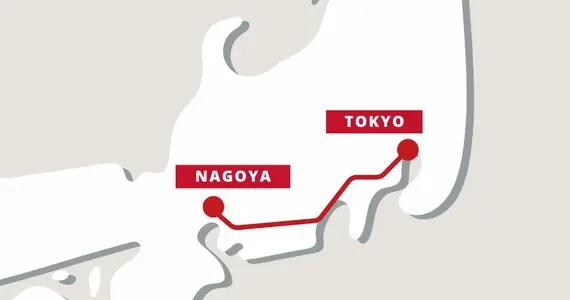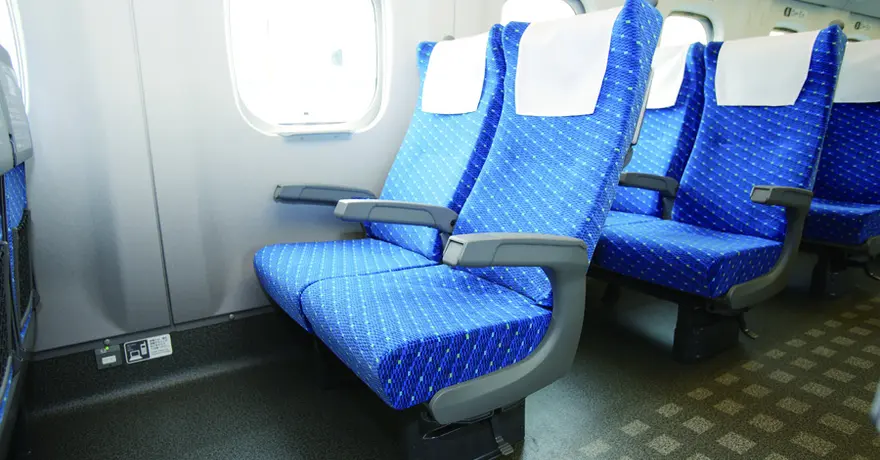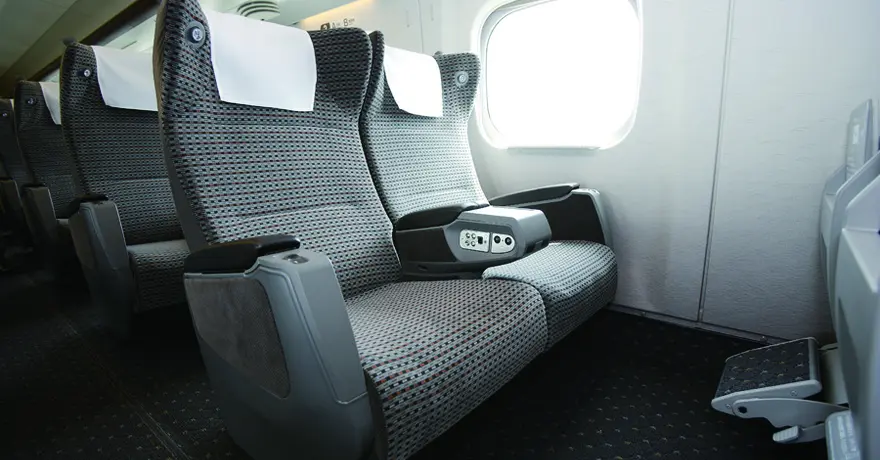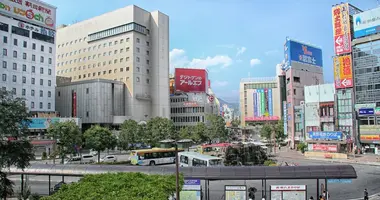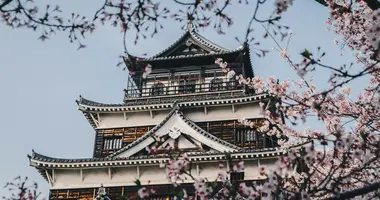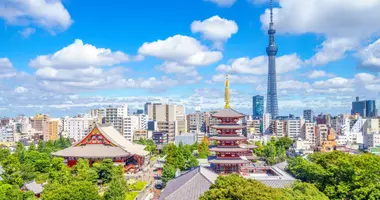Train Tickets from Tokyo to Nagoya
Official train tickets seller
Choose your preferred seat
7/7 Assistance
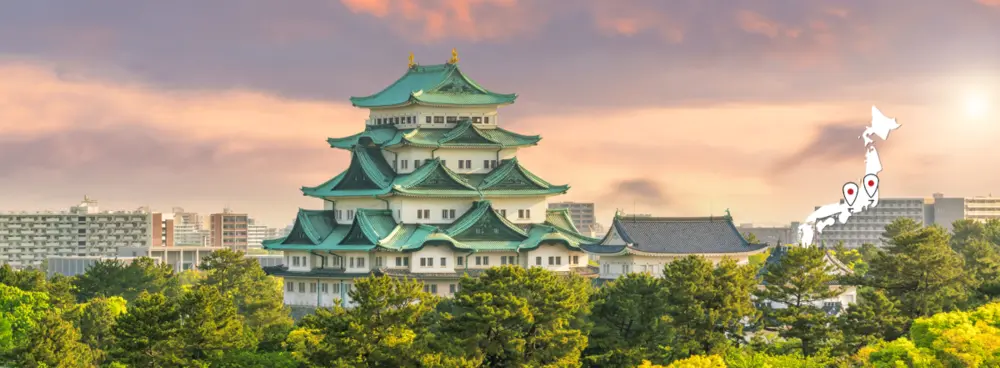
Travel conditions
Ticket type
Passenger information
Seating options
Luggage conditions
Buy your train tickets in Japan in 3 easy steps
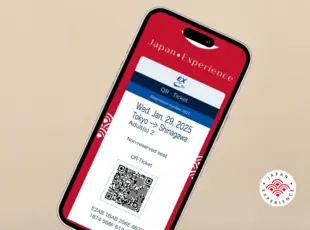
Choose and buy your train tickets for your preferred travel date
Receive your e-ticket one month before departure
Scan your e-ticket in train stations in Japan
Trains in Japan: what does it look like?
What our customers say about us
Travel advice from our Japan train expert
Traveling by train in Japan
Japan boasts a highly developed rail system, making it an exceptionally practical mode of transportation for both local and long-distance travel. Consequently, both residents and tourists frequently find themselves utilizing trains on a daily basis, whether they are using local train services or the renowned Shinkansen bullet trains. For those embarking on their inaugural journey to Japan, the significance of train travel during their visit is likely to be a consideration.
Although train travel is a common aspect of life in Japan, there are several factors that may necessitate some advance knowledge or preparation before first-time travelers board a train. This is true even for individuals hailing from countries with a well-established train travel culture.
What accounts for the popularity of trains in Japan?
Japan's rail transportation network is regarded as one of the finest globally. The experience of taking a train in Japan can be encapsulated in three adjectives: efficient, rapid, and immaculate. Until one has personally experienced it, it is challenging to comprehend just how straightforward and remarkably convenient train travel in Japan can be. Despite the fact that millions of passengers utilize Japan's rail system daily, trains consistently remain clean, punctual, and operational. For many, this description may seem like a dream compared to the train networks in their own countries.
Numerous factors contribute to the remarkable railway system in Japan, yet it can primarily be attributed to the nation's dependence on fossil fuel imports, which led to significant investments in its transportation infrastructure, particularly trains. Since the late 19th century, Japanese train companies have been constructing lines to facilitate the efficient movement of people and goods from one location to another. This extensive historical network has resulted in cities developing around train stations. In contrast to the car-centric infrastructure prevalent in much of Western urbanism, Japan's urban expansion has largely centered on train stations. In most Japanese cities, these stations serve as the economic and demographic hubs.
Through strategic investment in its rail system, Japan has successfully established one of the most dependable, rapid, and secure railway networks globally!
Shinkansen information
Tokyo and Nagoya are connected via the Tokaido Shinkansen, which goes between Kanto and Kansai, with an extension out to Kyushu with the Sanyo Shinkansen Line. The fastest of these trains is the Nozomi Shinkansen, which takes travelers between Tokyo and Nagoya within 1.5 hours. From Tokyo, travelers can depart from either Shinagawa Station or Tokyo Station, then get off at Nagoya Station to be right in the city center. On the Shinkansen train itself, there are onboard amenities such as power outlets and reclining seats. Enjoy your time commuting in Japan in style and comfort.
How to get to Tokyo Station
Tokyo Station, the primary Shinkansen train departure point in Tokyo, is situated at the junction of multiple public transit routes in the city's center. Tokyo Station is the stop for several JR lines, including the Chuo, Keiyo, Sobu, and Yamanote Lines. Tokyo Station also acts as the hub for the Marunouchi Metro Line, a number of bus lines, and airport shuttles.
Where to go from Nagoya Station
Nagoya exists at the junction of three different prefectures: the home prefecture of Aichi, at the foot of Gifu, and northeast of Mie Prefecture. Access to each of these prefectures is made easy at Nagoya Station, as are the many sites to see within Nagoya itself. Prominent lines at Nagoya Station include the JR Tokaido Line, the JR Chuo Line that actually extends from Tokyo, and the JR Kansai Line that goes out towards Osaka and Kyoto.
